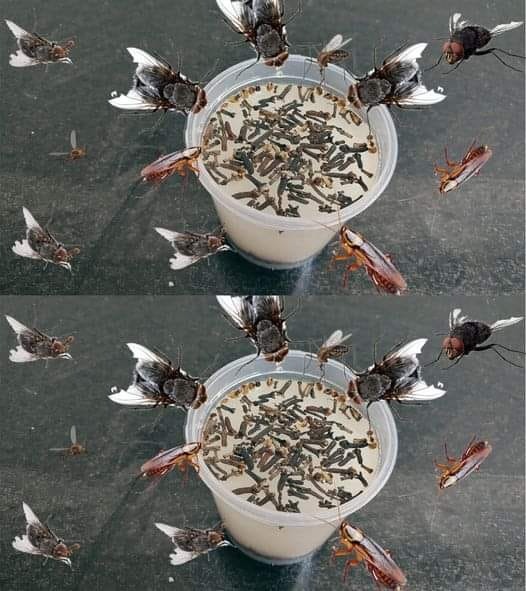A YEAR-LONG ODYSSEY: MASTERING THE ART OF STORING GARLIC FOR MAXIMUM FRESHNESS
Garlic, with its robust flavor and versatile uses in the kitchen, is a staple in many households. However, ensuring a year-long supply of fresh and flavorful garlic requires a bit of know-how in the storage department. In this comprehensive guide, we'll explore various methods to store garlic, preserving its integrity and taste for up to a year. Say goodbye to sprouting, soft cloves, and bitter undertones as we embark on a journey to keep your garlic vibrant and ready for culinary adventures.
1. Selecting the Right Garlic:
The first step in guaranteeing a year of freshness begins with choosing quality garlic. Opt for firm, plump bulbs with tight skin. Avoid any signs of sprouting or softness, as these are indications of age.
2. Harvest and Cure Your Own Garlic:
For those with a green thumb, growing and harvesting your garlic is a rewarding endeavor. Harvest when the lower leaves have browned, leaving the upper leaves still green. Cure the bulbs by hanging them in a cool, dry place with good air circulation for 2-3 weeks. This process enhances flavor and prepares them for long-term storage.
3. Store in a Cool, Dark Place:
Garlic prefers a cool, dry environment. Find a spot in your pantry or a cupboard away from direct sunlight. A temperature range of 55–65°F (13–18°C) is ideal for preserving freshness.
4. Use Breathable Containers:
Avoid sealing garlic in airtight containers, as it requires ventilation to prevent mold and sprouting. Use mesh bags, wire baskets, or even open containers with holes to promote air circulation.
5. Braiding Garlic:
Embrace a centuries-old tradition by braiding garlic. This not only provides an aesthetically pleasing display but also allows for good airflow. Hang the braids in a cool, dark place, ensuring a functional and decorative storage solution.
6. Freeze Peeled Cloves:
Please Head On keep on Reading (>)







